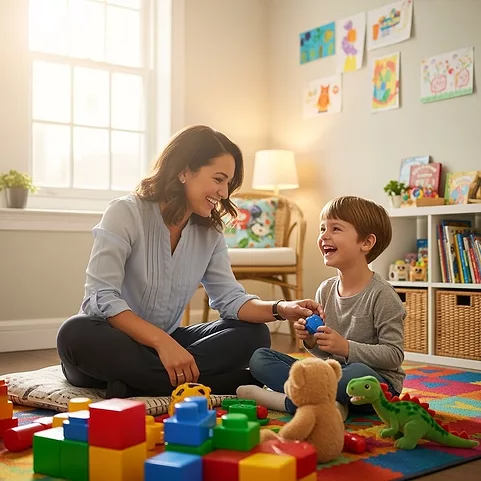Following Release from Prison, Suicide Risk Eighteen Times Higher
Short Description:
Following Release from Prison, Suicide Risk Eighteen Times Higher
Background:
Many states are looking for ways to relieve overcrowding in their prisons and jails. For instance, the state of California just passed Proposition 47, which reduces penalties for drug possession and other nonviolent crimes. California is the first state in the nation to downgrade nonviolent and drug-related cases from felonies to misdemeanors. The result is that thousands of felons are now eligible for immediate release from prisons and jails.
A new study, however, reveals that people who have been in prison run a higher risk of committing suicide, particularly just after their release. The risk is 18 times higher than in the general population, according to a study done by researchers from Karolinska Institutet in Sweden (Haglund A et al, J Clin Psychiatry 2014:75(10):1047–1053). By far, the greatest risk of suicide comes in the first few months after release (with the incidence rate highest during the first 28 days). Risk is increased among individuals with a previous psychiatric disorder, a history of substance abuse, and previous suicide attempts.
While the study looked at prisoners released from Swedish prisons, researchers said the findings are consistent with those from other developed nations such as the US. They said facilitating transition to life outside prison, as well as clinical monitoring during the first few months after release, may be needed to prevent suicide (http://bit.ly/1uZ1sV8).
Related content:
Understanding the Varieties of Depression
Newsletters
Please see our Terms and Conditions, Privacy Policy, Subscription Agreement, Use of Cookies, and Hardware/Software Requirements to view our website.
© 2026 Carlat Publishing, LLC and Affiliates, All Rights Reserved.


_-The-Breakthrough-Antipsychotic-That-Could-Change-Everything.webp?t=1729528747)



